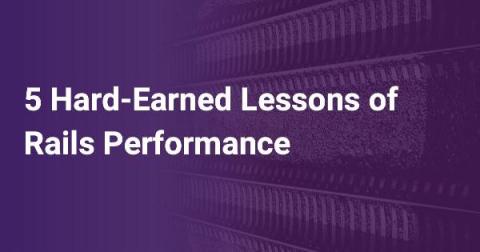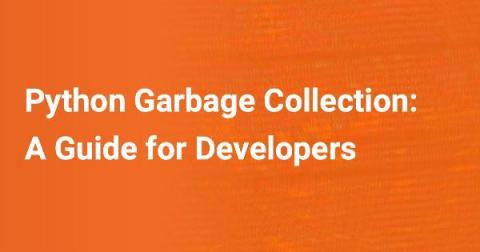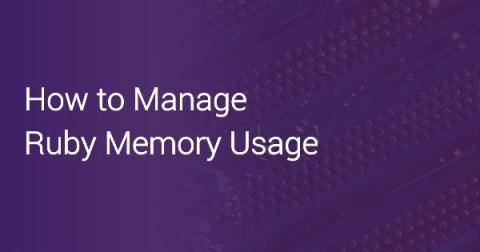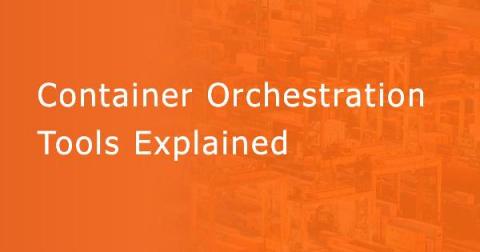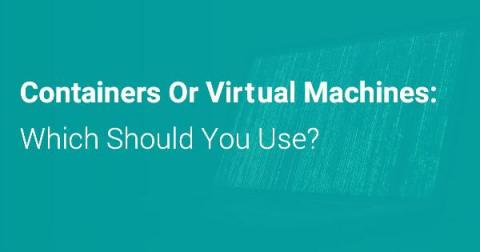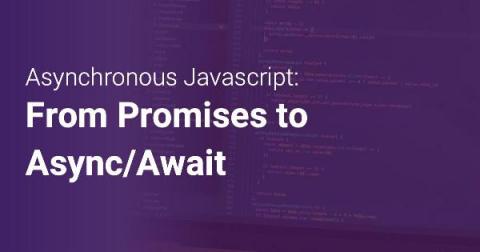Python Memory Management: The Essential Guide
Python is not known to be a "fast" programming language. However, according to the 2020 Stack Overflow Developer Survey results, Python is the 2nd most popular programming language behind JavaScript (as you may have guessed). This is largely due to its super friendly syntax and its applicability for just about any purpose.



